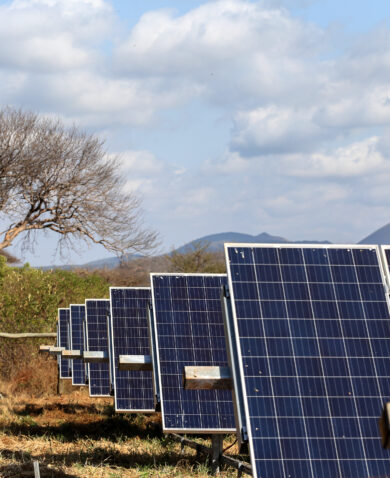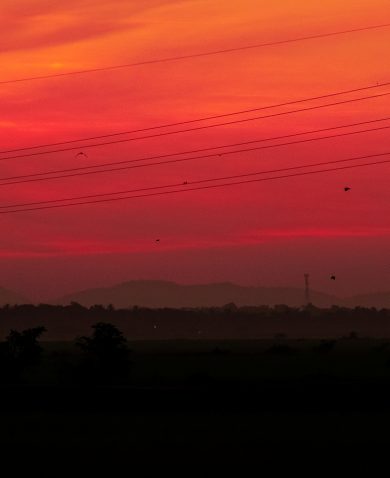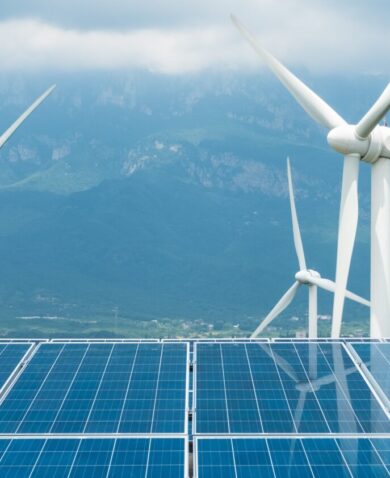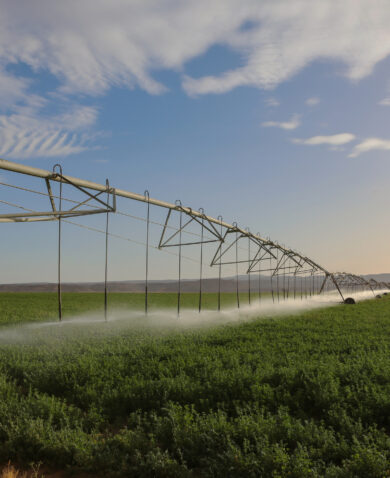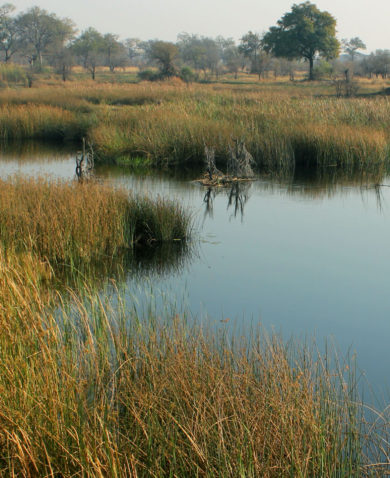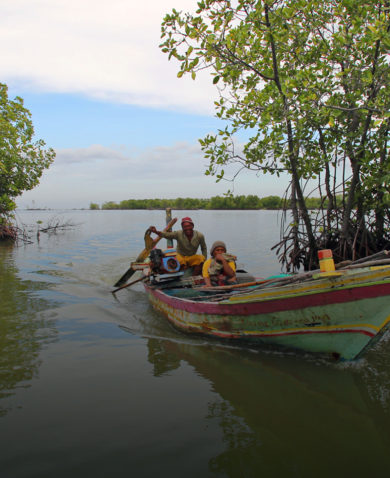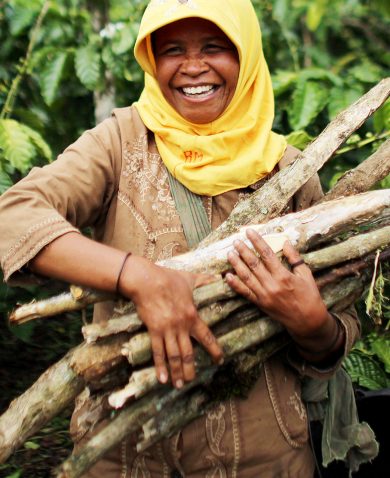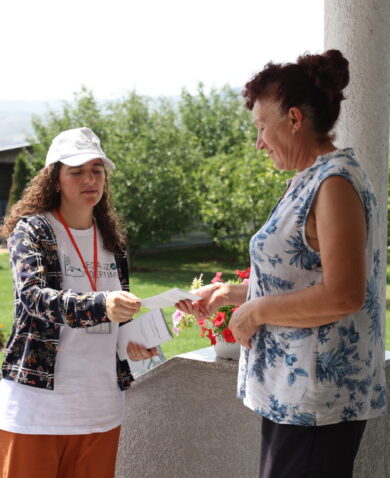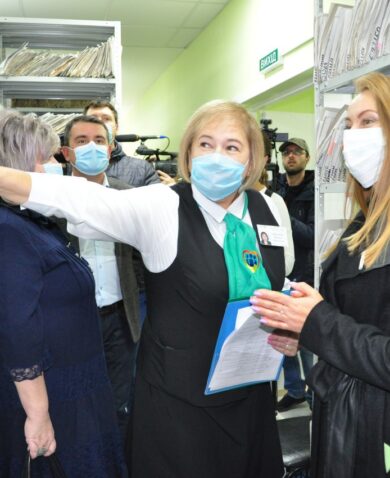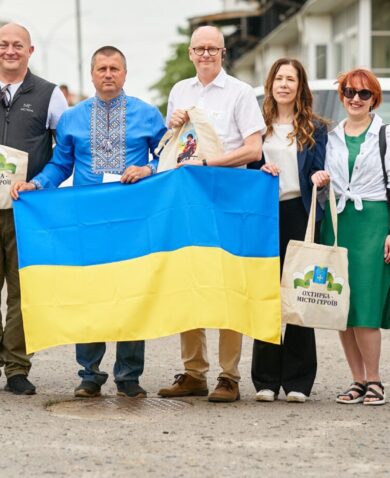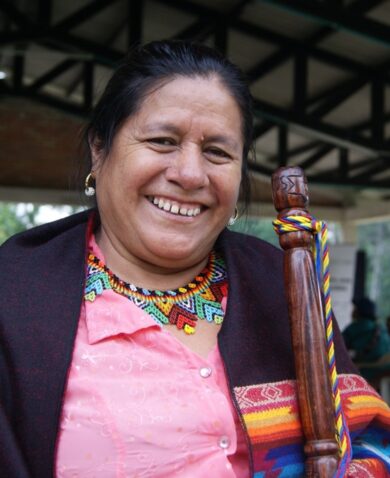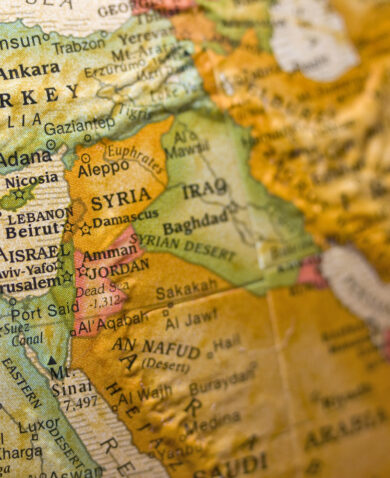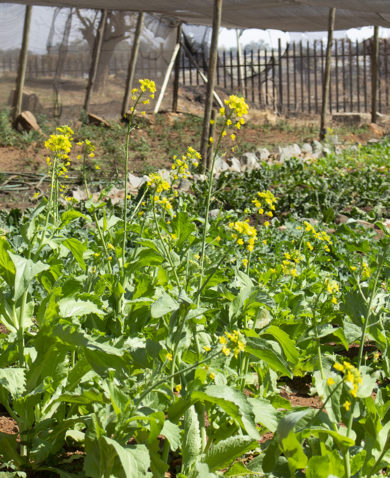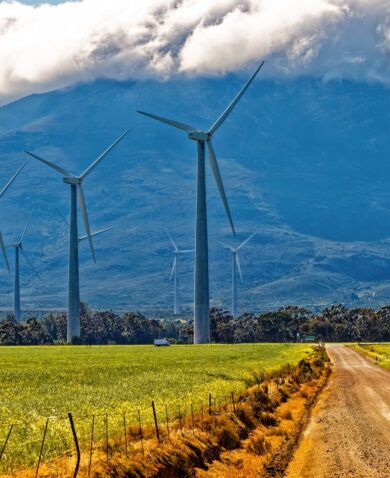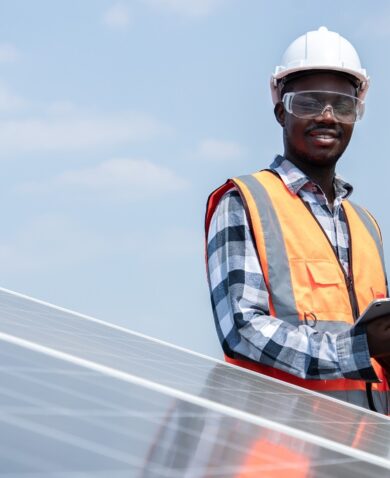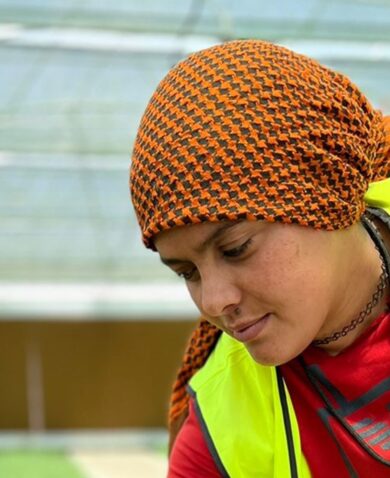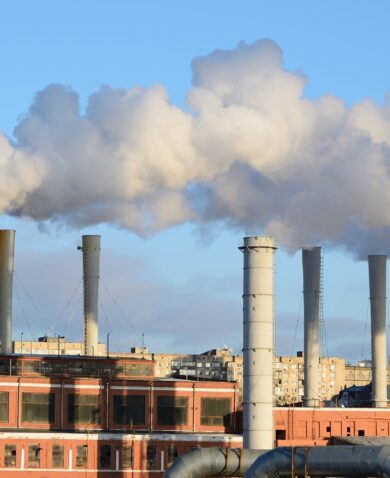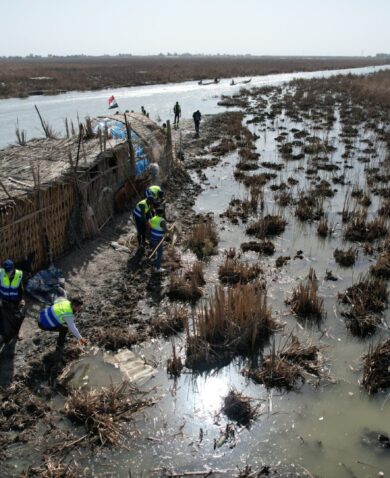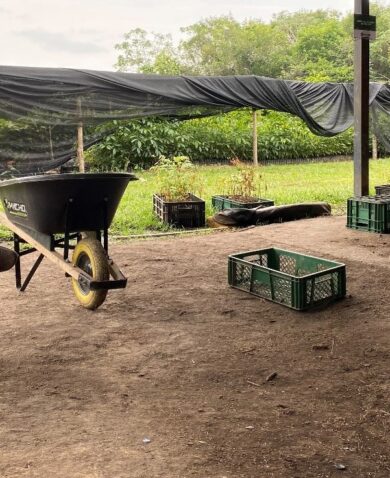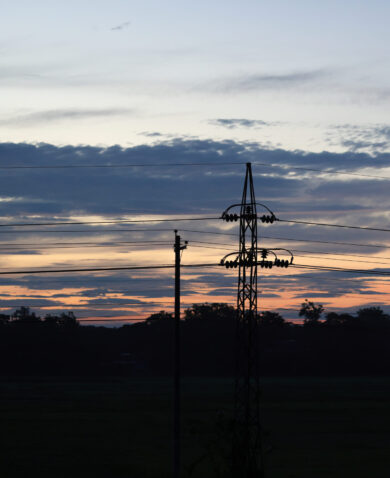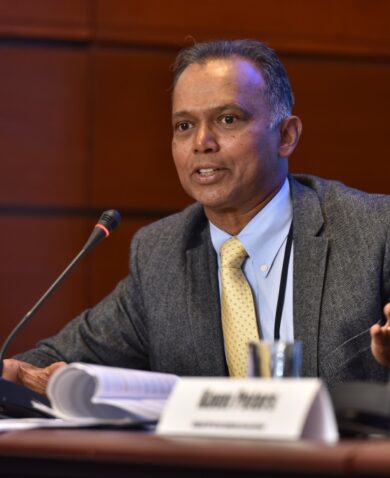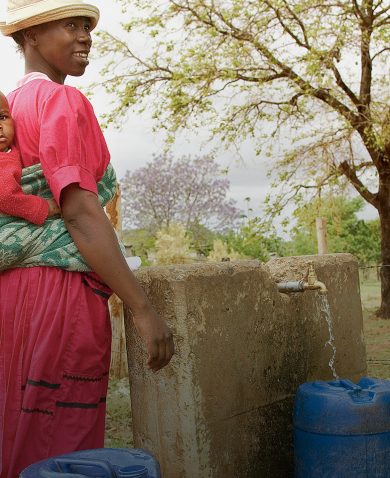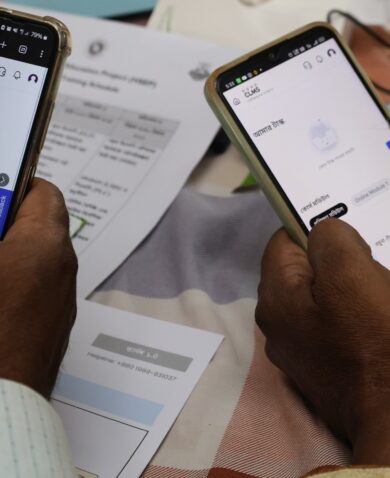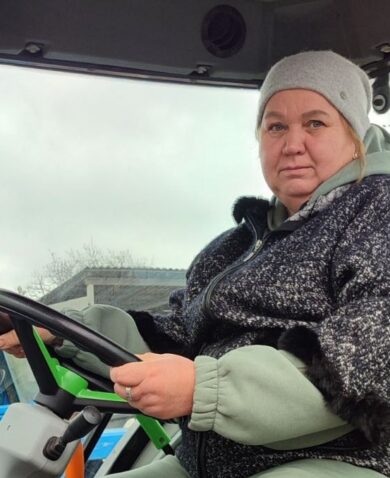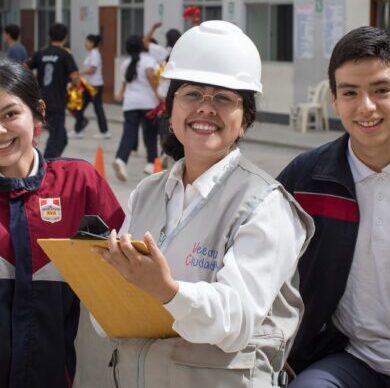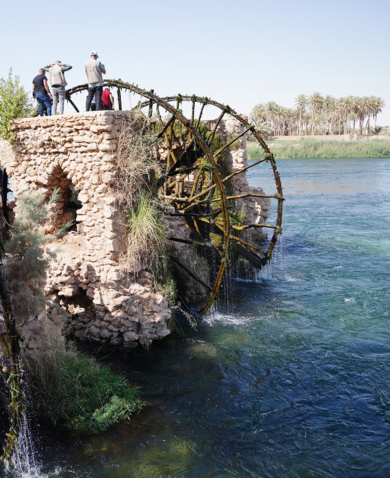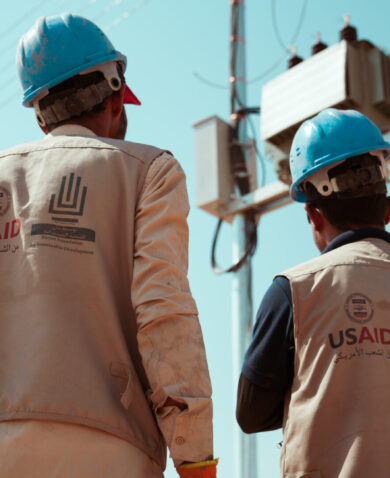
3 Questions with Chris Perine on Chemonics’ Climate Group
January 18, 2022 | 3 Minute ReadAs the world continues to grapple with climate change, Chemonics’ Climate Group Managing Director Chris Perine explains how the Climate Group is working to reduce our global footprint.
Chemonics has decades of deep climate adaptation, mitigation, and management experience. Our new Climate Group helps us consolidate all of our accumulated experience, coordinate the deployment of our in-house expertise, and more systematically address climate risks and opportunities in our current project portfolio and new business efforts.
1. What do you see as key challenges facing development practitioners regarding climate change? How do you think implementers need to pivot to respond to this global crisis?
Climate change is a threat multiplier in the context of developing country economic growth and social development. It is a particular challenge to governments already struggling to provide basic services and improve household livelihood security. Climate change is disrupting traditional agricultural practices which increases food insecurity, exacerbating physical and economic risks to already vulnerable communities as a result of more frequent and more extreme weather and putting at risk critical infrastructure located in coastal areas and floodplains. Program designers and implementing partners need to intentionally and holistically use climate information to inform their approaches to activities across the development continuum to improve the climate resilience of outcomes. For example, through the recently completed Adaptation Thought Leadership and Assessments (ATLAS) project, Chemonics worked with USAID/Mozambique to assess the viability of a set of agricultural value chains in a changing climate. The team generated climate projections for a 20-year period, examining how temperature and rainfall is likely to change and matched this information to the crops and cropping practices is the region to draw conclusions about whether each value chain would be climate resilient.
2. Reducing Chemonics’ global environmental footprint is a key function of the new Climate Group. How will you go about achieving this?
Meeting the ambitious goals set by governments through the UN Conference of Parties (COP) process requires participation of national, subnational and local governments and private sector firms. There has been a massive movement in the private sector by firms declaring carbon net zero goals and that’s definitely a positive step. That said, it’s important to differentiate net zero goals – that are based on a careful assessment of an organization’s historical carbon emissions and that include scientifically based targets for incremental reductions to reach net zero – from those that lack this empirical underpinning and are therefore more aspirational in nature. Chemonics is taking a systematic approach to establishing our historical carbon emissions footprint and setting reduction targets to ultimately reach a net zero goal by collecting and analyzing data from our operations in the US, the UK and around the world. These data include air travel, office electrical usage for lighting, heating and cooling and commuting to and from offices. We are working with an expert firm, specializing in corporate carbon emissions reduction planning and implementation, to achieve net zero. We are completing this assessment of our global emissions right now and will be announcing a formal corporate environmental sustainability policy and program, with specific carbon emissions reduction targets and a net zero goal and year before the end of Q1 2022.
3. How does Chemonics’ Climate Group plan to assist with reducing the global carbon footprint externally? How will Chemonics assist countries reach net zero emissions?
Most or all of the countries in which Chemonics works have carbon emissions reduction targets and net zero goals. These have been articulated in national commitments to climate mitigation and adaptation plans and associated actions that are central to the COP process. Donor organizations and implementing partners like Chemonics work with governments and private sector groups to design and implement specific activities that help countries meet these commitments. Our role in this process is to use climate information to strengthen the resilience of our interventions and results across all economic growth and social development sectors by understanding the additional risks that climate poses to our interventions and accounting for those risks in our approaches. For example, in our work with our partners on the Resilient Waters Program in Southern Africa, we are using climate information to inform water use plans, so that these plans take into account changes in rainfall amounts and the timing of rainfall in the future. And on the Mozambique Climate Change Adaptation Project, our team used a community-based climate vulnerability assessment approach to help design climate resilient housing in local communities.
Learn more about Chemonics’ work in climate change.



